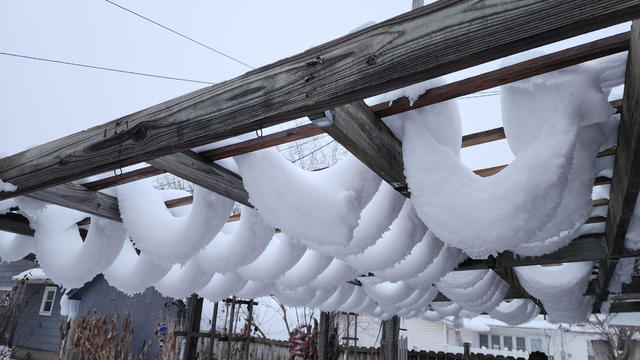
What's causing these mysterious sagging snow shapes? A NEXT Weather "investigation"
After a WCCO viewer sent in a striking photo of drooping snow formations, our NEXT Weather team came up with a possible explanation.
Watch CBS News

Director of Meteorology Mike Augustyniak was drawn to Minnesota by a love of active weather, and the opportunity to forecast for some of the most weather-savvy television viewers in the country.
Since joining the WCCO team in 2008, his forecasts have helped you prepare for Minnesota's increasingly extreme weather — including one of the coldest winters on record, one of the hottest summers on record, and the largest single-day tornado outbreak in Minnesota history — and all the small-but-important moments between. As the creator of the CBS Weather Watcher Network, leader within the CBS eTeam and Central Weather Group, his expertise helps to support and train CBS newsrooms across the country.
Mike's interest in weather began at an early age.
"I think my curiosity about the weather was fueled by the fact that, as a little guy, I was absolutely petrified of thunderstorms!"
In time (and with the help of a book called "Hippo Thunder"), Mike outgrew his fear, deciding in eighth grade that he wanted to study weather in college.
"The answers I gave on a 40-question 'interest survey' were fed into a computer, and the computer returned several careers that I might enjoy," Mike explained. "'Meteorologist' was one of the jobs the computer returned, and right then I knew it was the job for me." Mike studied atmospheric science under several of the world's leading research scientists at the University at Albany, where he received his Bachelor and Master of Science degrees. Findings from his master's thesis - original research on a local terrain effect called Mohawk-Hudson Convergence — is currently in use to help meteorologists make more accurate forecasts around the region.
Today, he continues to support lifelong learning, science, and scientists by serving as the past Commissioner on Professional Affairs for the American Meteorological Society and its 12,000 members. He is active in local and national non-profit organizations such as the National Marrow Donor Program (formerly 'Be the Match'), Twin Cities Pride, Twin Cities United Way and more.
Mike has appeared on the BBC, the Ellen DeGeneres Show, CBS Sunday Morning (where he serves as the show's meteorologist) and many other CBS News outlets. His work has been recognized with multiple Emmy Awards for broadcast excellence. He is an AMS Certified Broadcast Meteorologist, an AMS Certified Consulting Meteorologist, and is also a member of Phi Beta Kappa.
In his free time, Mike stays active by going to the gym, biking, mixing cocktails and traveling with his husband.

After a WCCO viewer sent in a striking photo of drooping snow formations, our NEXT Weather team came up with a possible explanation.
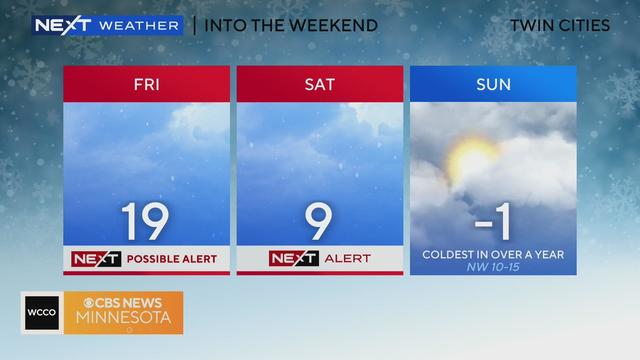
Friday will be a NEXT Weather Alert day due to possible heavy snowfall, as will Saturday due to frigid temperatures the likes Minnesota hasn't seen in quite some time.
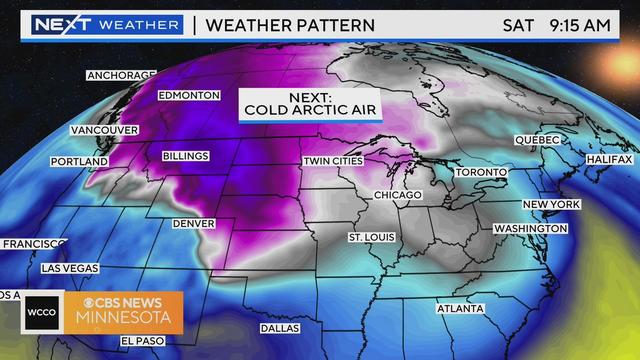
After a historically mild December, Minnesota is about to be served up an arctic blast.
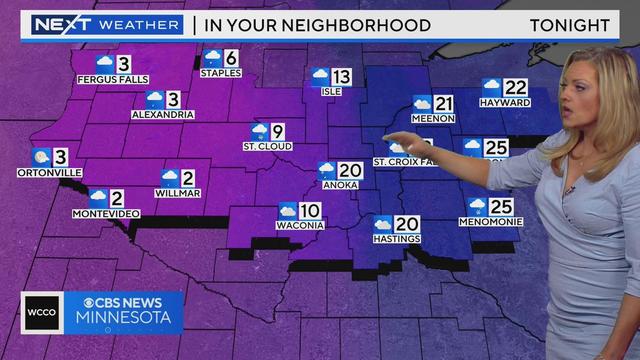
The forecast high in the Twin Cities on Wednesday is 27 degrees, but it will feel like the upper teens due to wind chill.
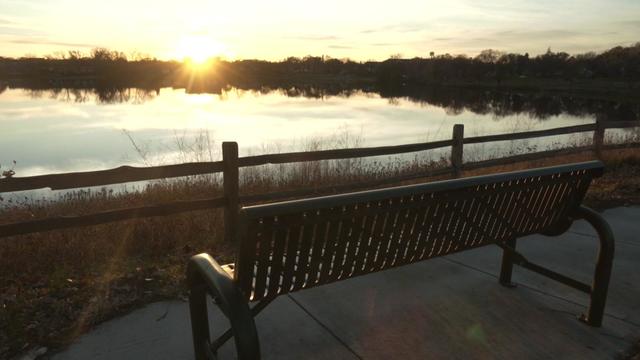
With northerly and northwesterly winds, this shouldn't be a mild stretch of weather for us, yet temperatures are running 10 degrees above average due to lack of snow cover.
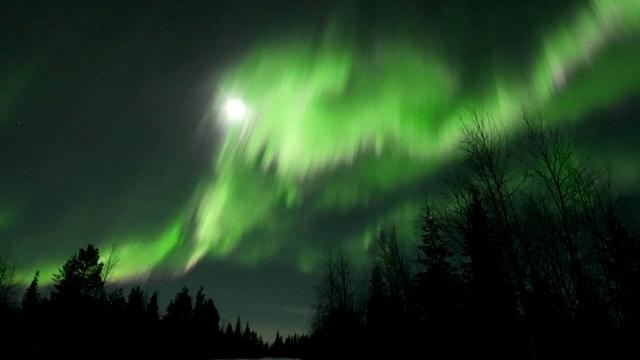
NOAA space-weather forecasters track coronal holes in an effort to forecast the solar wind, but those holes can interact in unpredictable ways. To make things even more complicated, the sun rotates every 27 days, turning the solar wind into a complex spiral of high and low speeds.

Wednesday will be the warmest day of the week, with plenty of sunshine to enjoy.

Meteorologist Mike Augustyniak reports on Thanksgiving weather extremes around Minnesota, the two November records that could fall this month, and how Thanksgiving and winter are warming faster than any other time of year.

At our current rate of progress, the U.N. predicts that the earth's average temperature will rise to nearly double the goal by 2030. Even if every country slashed their emissions by 42% overnight, the U.N. says there's still no guarantee we'd limit warming enough to prevent the worst of natural disasters.

Temperatures will still be on the cool side Wednesday, with afternoon highs near 40, which is about 10 degrees below average.

Monday will get off to a cold and dry start, but there is light snow in the forecast by nighttime.
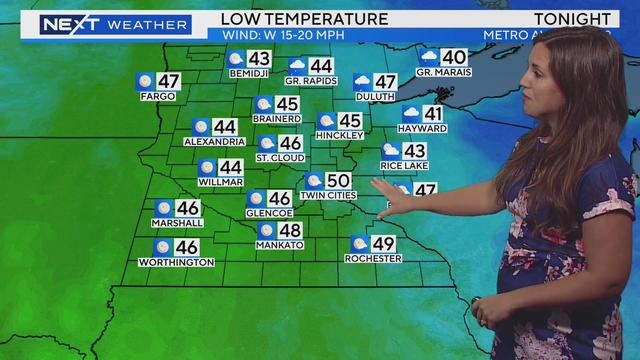
WCCO meteorologist Katie Steiner says you can expect a mild night followed by a cooler but pleasant weekend.
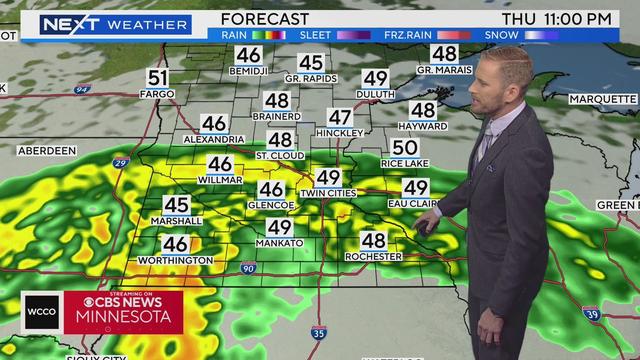
Rain will arrive late Thursday afternoon or early in the evening in the Twin Cities, and it will linger through Friday — which will be a NEXT Weather Alert day.

Stargazers in Minnesota may be in for a treat this week.
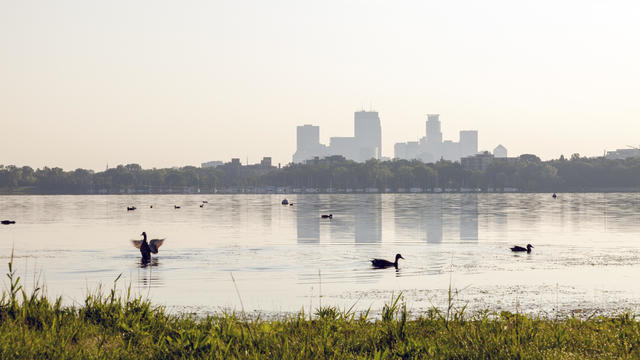
The Minnesota Pollution Control Agency issued an air quality alert for the southern half of the state Tuesday due to "ground-level ozone." Here's what that means.